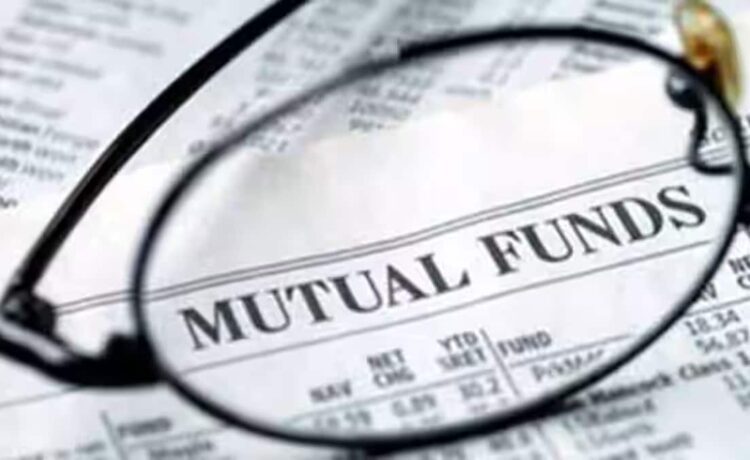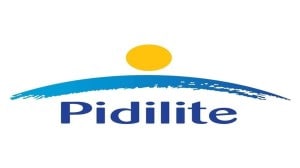The Securities and Exchange Board of India (SEBI) has mandated that mutual funds disclose risk-adjusted returns (RAR), specifically through the Information Ratio (IR), to enhance transparency and assist investors in making informed decisions. While compounded annual growth rate (CAGR) is a widely used measure to show the average growth rate of a fund, it does not account for risk or volatility.
Risk-adjusted returns offer a more comprehensive view by considering the consistency of returns relative to the risk taken. It considers volatility, ensuring investors understand whether a fund’s higher returns come with excessive risk. Higher risk-adjusted performance indicates that the fund manager is generating excess returns efficiently.
In contrast, CAGR measures absolute returns over time and does not consider the risk taken to achieve those returns. A fund with a higher CAGR may not always be better if it has extreme fluctuations.
“Considering the significance of volatility of performance in determining the suitability of mutual fund schemes, Information Ratio is an established financial ratio to measure the risk-adjusted return of any scheme portfolio,” the SEBI note said.
Risk profiles
Vivek Sharma, head, Investment, Estee Advisors, says while CAGR tells you how much an investment has grown on average, it does not reveal the risk taken to achieve those returns. “This can make it misleading for comparing funds with different risk profiles.”
Metrics like the Sharpe or Information Ratio combine both risk and return, offering a more comprehensive evaluation. These measures help determine whether a fund’s returns are worth the risk taken. The IR is calculated as portfolio return minus benchmark return divided by tracking error. Portfolio return is the return of the mutual fund. Benchmark return is the return of a relevant benchmark index. Tracking error measures the standard deviation of the difference between the portfolio and benchmark returns.
Identify high RAR funds
Investors must focus on consistency over high returns. Nirav Karkera, head, Research, Fisdom, says, a fund with a high CAGR but low RAR has delivered returns with high volatility, which is risky for long-term investing. “Instead, funds with a higher IR indicate consistent outperformance relative to their benchmark with controlled risk,” he says.
The RAR should be compared only among funds within the same category. For instance, if two large-cap funds have similar 10-year returns, but one has a higher IR, it means the fund manager has generated returns with better risk efficiency.
Similarly, Soumya Sarkar, co-founder, Wealth Redefine, an AMFI registered mutual fund distributor, says investors must identify returns for the level of risk taken. “Investors must evaluate the fund manager’s ability to consistently outperform the benchmark. They must select funds that match their risk appetite and investment goals.”
Factors to watch out for
While IR is a valuable metric for assessing a fund’s risk-adjusted performance, it should not be the only factor investors consider. A well-rounded evaluation requires analysing both quantitative and qualitative aspects before investing in a mutual fund, especially at times of high volatility.
Investors must analyse the fund manager’s track record. A skilled fund manager with experience across different market cycles is crucial for long-term investing. Investors should check for consistency in returns and avoid funds that show extreme fluctuations in performance, as this could indicate high risk.
Another critical factor is the assets under management (AUM). A fund with very low AUM may lack liquidity and carry higher risk, making it difficult to enter or exit positions. On the other hand, excessively high AUM in mid or small-cap funds can limit the fund manager’s flexibility in stock selection, potentially impacting future returns.
Lastly, investors should review a fund’s portfolio allocation and diversification. Looking at the fund’s sectoral exposure and stock concentration helps assess risk levels. A well-diversified portfolio across different industries and stocks minimises concentration risk, ensuring better stability in volatile markets.









